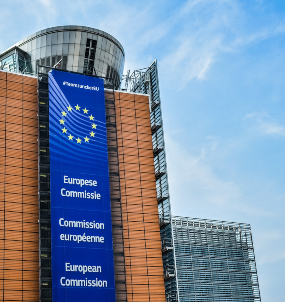The European Investment Bank stopped short of agreeing a strategy to limit funding for fossil fuels. a plan that would help step up Europe’s ambition to fight climate change.
The board of the Luxembourg-based lending arm of the European Union decided at a meeting on Tuesday to postpone until Nov. 14 discussion on a new strategy that includes increased support for clean-energy projects. according to the CEE Bankwatch Network lobby. The EIB declined to comment immediately.
A move by the EIB to boost support for renewables would reinforce the Green Deal being pushed by Ursula von der Leyen. the incoming president of the European Commission. She wants the institution to become a climate bank and help unlock 1 trillion euros ($1.1 trillion) to shift the economy toward cleaner forms of energy.
As of 1st January 2021. the EIB should stop handing out public money to fossil fuels projects. said Anna Roggenbuck. Policy Officer. CEE Bankwatch Network. Otherwise. the whole idea of turning the EIB into a climate bank will inevitably fall apart.
The EIB’s draft strategy has come under fire from green lobby groups after it was softened last month to allow funding for certain natural gas projects. a move sought by Germany and some central European nations concerned about their reliance on Russian supplies. The nations were pushing back on Tuesday and the new policy rules couldn’t be approved without their support. according to CEE Bankwatch Network.
The EIB. which last year invested more than 16 billion euros in climate-action projects. is preparing to play a larger role in spurring low-carbon technologies because the EU is weighing whether to declare itself the first climate-neutral continent by the middle of this century.
The 28-nation bloc wants to step up its ambition in sync with the landmark 2015 United Nations agreement to fight global warming. after the U.S. turned its back on the accord.
Von der Leyen. who is due to assume her new job on Nov. 1. also wants the EU to deepen its current target to cut emissions by at least 40 percent by 2030 from 1990 levels. That may involve a reduction of 50% or even 55% to counter the more frequent heat waves. storms and floods tied to global warming. Fossil fuels such as coal. oil and natural gas are leading contributors to climate change.
 Iran Energy News Oil, Gas, Petrochemical and Energy Field Specialized Channel
Iran Energy News Oil, Gas, Petrochemical and Energy Field Specialized Channel




